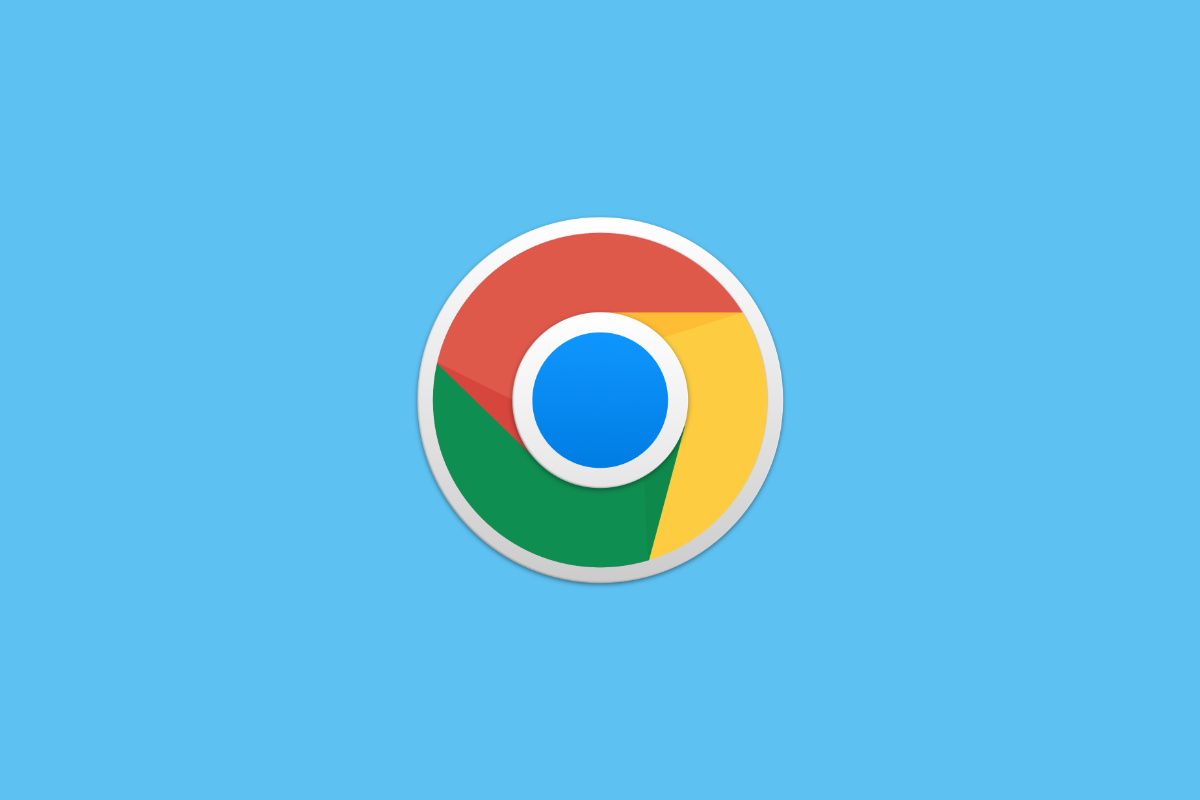Google released Chrome 99 at the start of the month, with the usual combination of performance improvements and new APIs for web developers. However, Google says the latest update is more of a performance boost than usual, and now apparently takes the crown as the fastest web browser on macOS.
Google wrote in a blog post on Monday, "we’re excited to announce that in M99, Chrome on Mac has achieved the highest score to date of any browser – 300 – in Apple’s Speedometer benchmark which evaluates the responsiveness of a browser. Building on many performance changes over the last year, we enabled ThinLTO in M99, a build optimization technique that prioritizes code focused on browser speed. The result? An additional across-the-board speed bump that makes Chrome 7 percent faster than Safari."
Since most of the engine code in Chrome trickles down to browsers based on Chromium, such as Microsoft Edge and Vivaldi, other browsers should receive these same improvements once they update their codebases. Benchmarks aren't everything, though — Google required the old Octane JavaScript benchmark in 2017, due to web browsers optimizing their code to achieve higher Octane results at the cost of real-world performance. Google is using Speedometer 2.0 for these results, which was developed by the WebKit (Safari) team at Apple, and recreates common web application tasks in a variety of popular frameworks.
Google also says Chrome's graphics performance is now roughly 15% faster than Apple Safari, thanks to the above-mentioned ThinLTO improvements and additional decoders. That's mainly helpful for web applications that manipulate images and video, as well as sites with 3D-rendered elements, such as Google Earth.
The Chrome browser has seen many other changes over the past few months. Google added a 'Journeys' feature for sorting the browser history in February, which arrived at the same time as Material You-themed widgets on Chrome for Android. A slightly-updated Chrome icon is also in the works, which will look a bit different on each platform to fit in with the operating system's design language.

